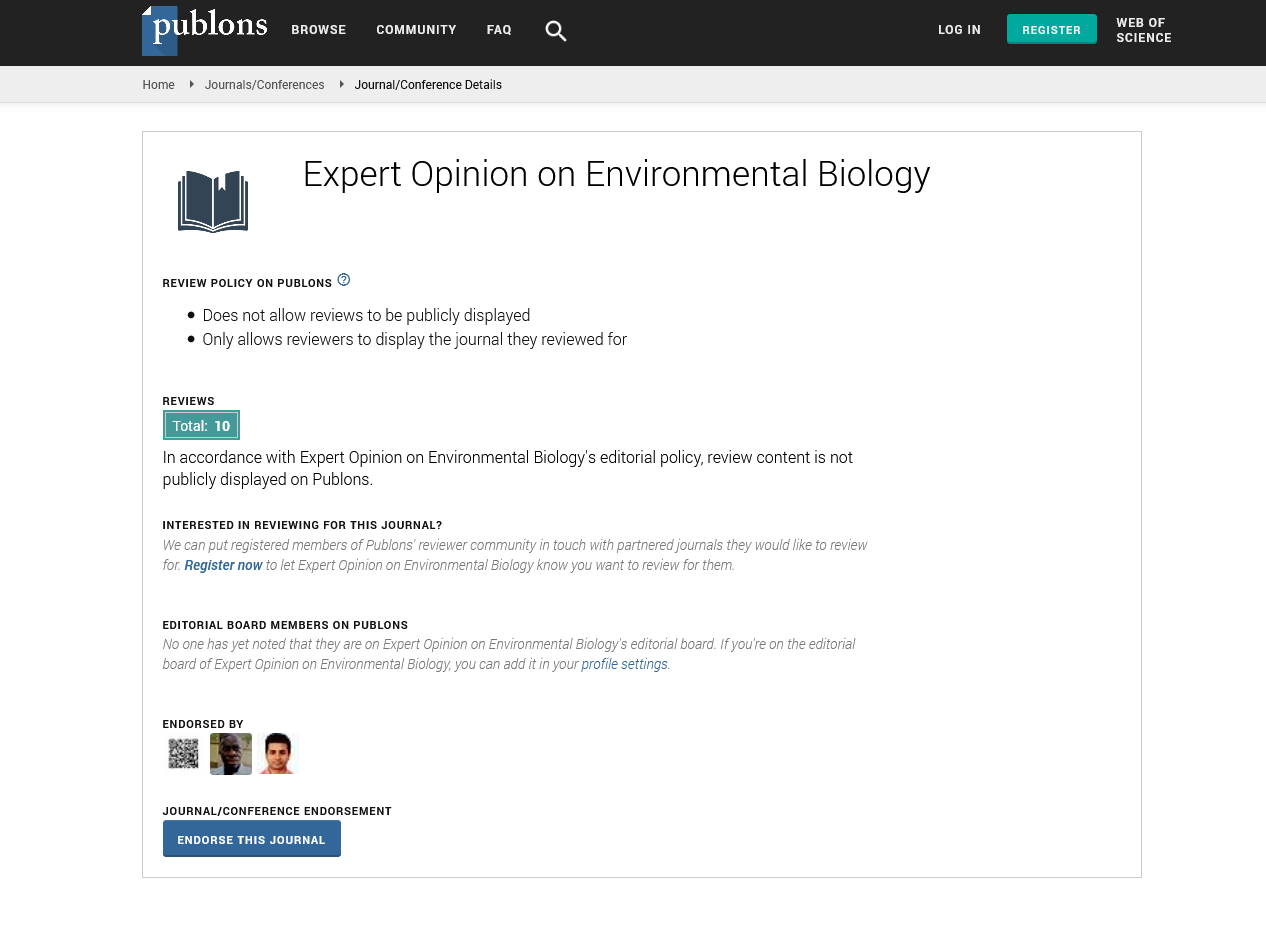Integrating climate resilience into watershed management in flood-prone areas of Sri Lanka: identification of critical areas using a spatial model
Wickramaratne Chaturangi , Chaminda S P, Dissanayake L, Senanayake U, Yaheya R and Wikramanayake E
Environmental Foundation Limited, Sri Lanka
University of Moratuwa, Sri Lanka
University of Peradeniya, Sri Lanka
: Expert Opin Environ Biol
Abstract
Sri Lanka is increasingly experiencing impacts of climate change related disasters and the magnitude of these impacts is amplified by haphazard human development activities. Kalutara and Ratnapura are two regions located within the Kalu Ganga basin that is flooded under extreme precipitation events, causing loss of lives and significant economic damage. A spatially explicit approach is used in this study to identify critical areas that actively generate runoff and therefore are susceptible to flooding. Hydrologically sensitive areas are determined based on topographic characteristics, soil types and land use patterns using geographic information system (GIS). Socio-economic information is incorporated to assess the vulnerability and exposure of upstream and downstream communities to floods. A range of low-impact development options and other soft engineering measures are explored to evaluate its applicability within the critical areas. Understanding the main drivers of increased runoff and vulnerabilities of certain regions and determining potential interventions will inform effective long-term and short-term decision making processes to create climate resilience in the studied flood prone areas.
Biography
E-mail: chaturangi@efl.lk
 Spanish
Spanish  Chinese
Chinese  Russian
Russian  German
German  French
French  Japanese
Japanese  Portuguese
Portuguese  Hindi
Hindi 
